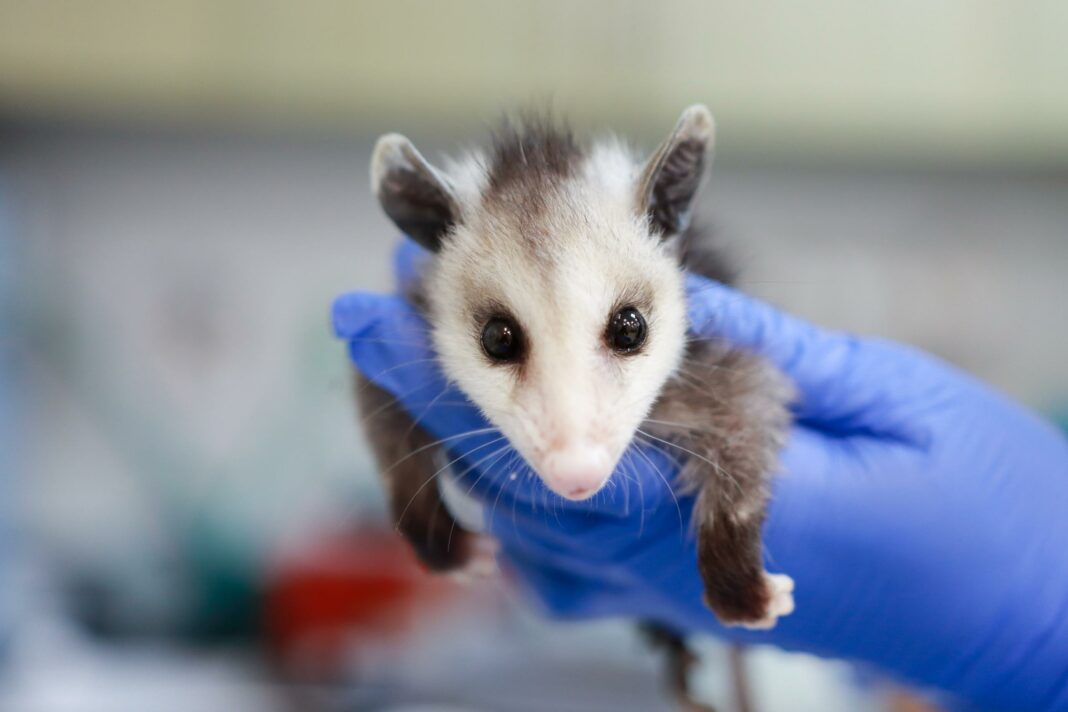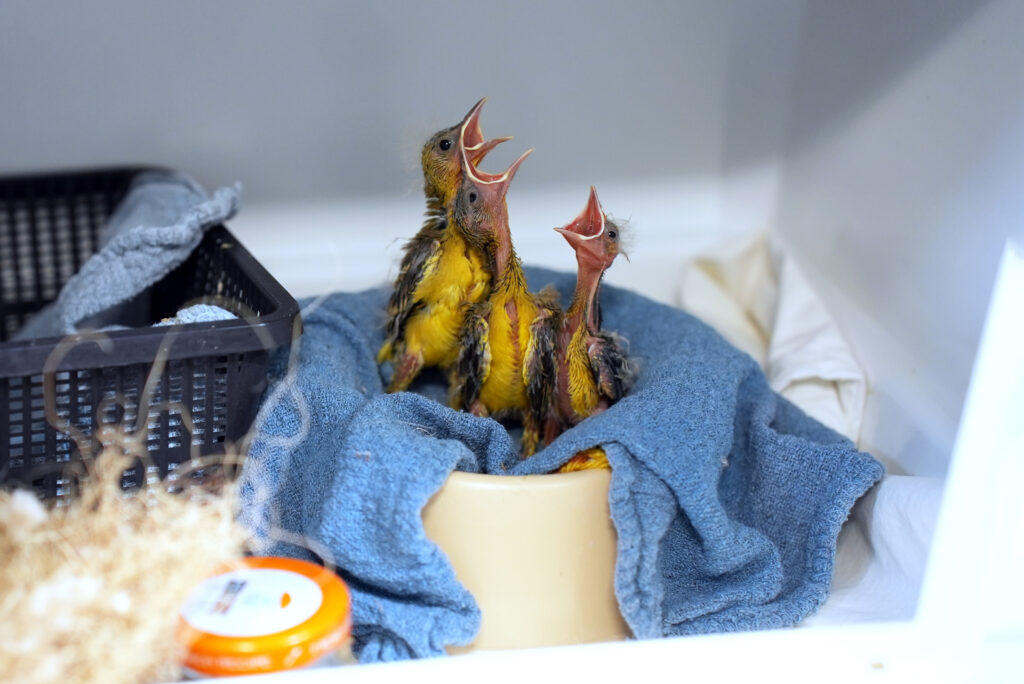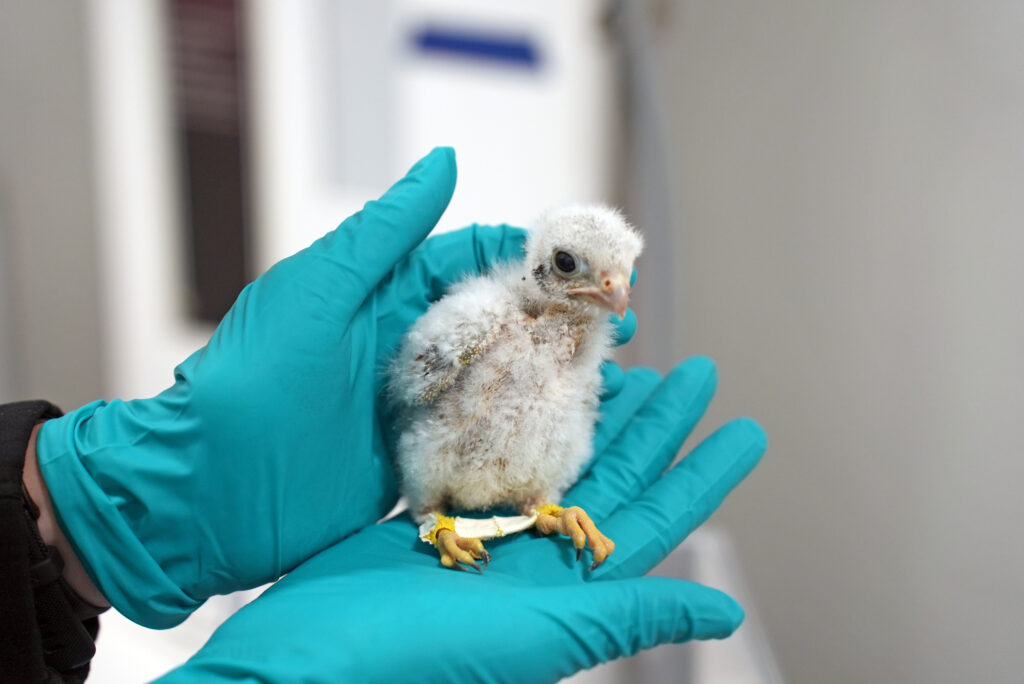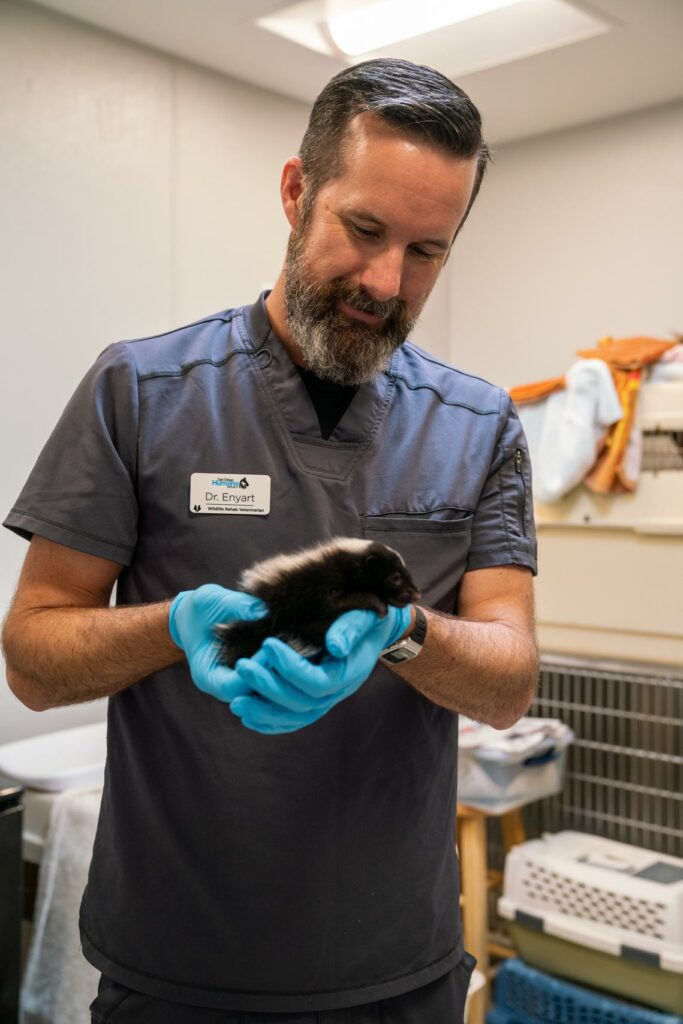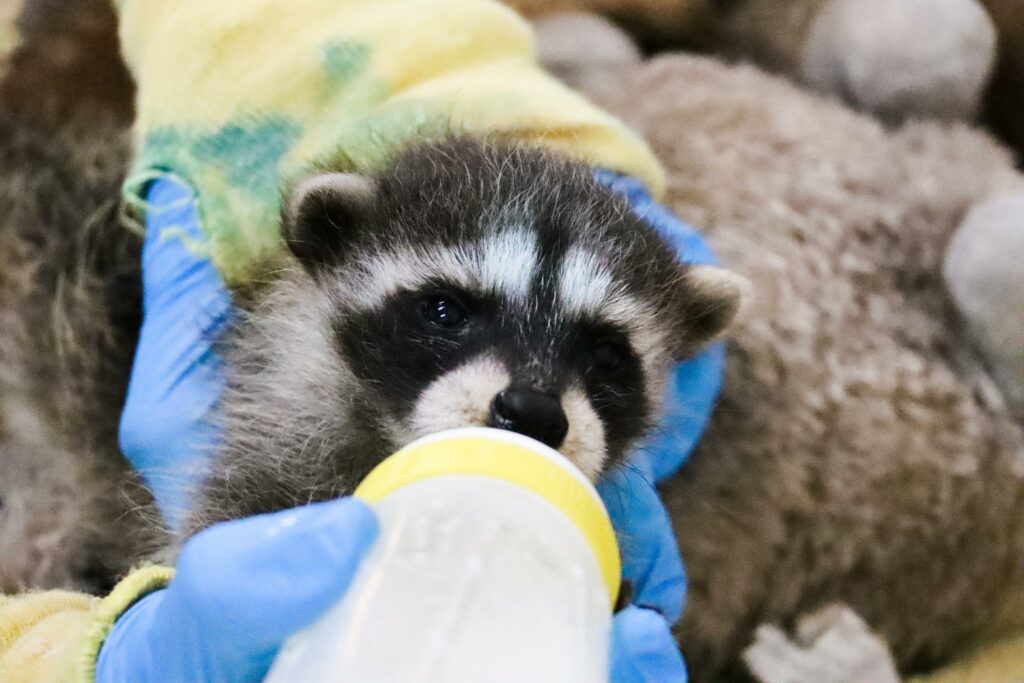To: Bluedot Living
From: San Diego Humane Society’s Project Wildlife
Subject: Avoid intervening during baby wildlife season. Watch and wait!
A songbird who could have stayed with her siblings. A fledgling dove learning to fly, but which needed more time on the ground. Or baby rabbits left unattended by mom just out getting some food for the family. Every year, San Diego Humane Society’s Project Wildlife program sees many well intended, but unnecessary, rescues of wild animals brought through the doors.
With baby wildlife season underway, the organization is calling on the public to watch and wait before intervening, to ensure the animals really need to be brought in for rehabilitation. The most common wild baby animals taken with good intentions are birds, including songbirds, doves, pigeons, crows, ravens, gulls, and ducks. Baby rabbits are also common. Most wild species are raised by only one parent who must temporarily leave their offspring to search for food. Watch and wait: The absence of a parent does not mean the baby has been abandoned. Wild parents are devoted to the care of their young and rarely abandon them. Often, if the adult animal observes humans around their young, they intentionally stay away to not draw attention to the location of their nest or babies. Some mammals only visit their young every 12 hours, to deter predators.
While we strive to provide the best possible care, our resources are limited, unlike the natural parents, whose only job is to feed and care for their young.
– Dr. Jon Enyart, San Diego Humane Society’s Project Wildlife
Human intervention also poses the risk of imprinting, making it unsafe to return animals to the wild. “Uninjured baby animals have the best chance of survival with their natural parents,” said Jon Enyart, DVM, Senior Director of Project Wildlife at San Diego Humane Society. “While we strive to provide the best possible care, our resources are limited, unlike the natural parents, whose only job is to feed and care for their young.”
For injured animals, San Diego Humane Society offers directions at sdhumane.org/wildlife on what to do. For emergencies, please call San Diego Humane Society’s Dispatch at 619-299-7012 (press 1).
Here is some general guidance if you come across an injured wild animal:
- Pick the animal up using a towel, cloth or gloves.
- Put them in an escape-proof box or container with air holes and a towel on the bottom.
- Keep them in a quiet place away from children or other animals, and cover the container with a towel to keep dark if necessary.
- Do not attempt to feed or give water.
- Minimize handling and interaction.
- Provide a low heat source, such as a heating pad set to low, under half the box.
- Bring to Project Wildlife ASAP. Here’s drop-off location information.
San Diego Humane Society’s Project Wildlife program is the primary resource for wild animal rehabilitation and conservation education in San Diego County. Each year, SDHS gives more than 10,000 injured, orphaned, and sick wild animals a second chance. At the Ramona Wildlife Center, which they have been operating since 2020, SDHS specializes in caring for native apex predators and birds of prey, including hawks, owls, eagles, coyotes, bears, bobcats and, under special case-by-case authorization, mountain lions.

